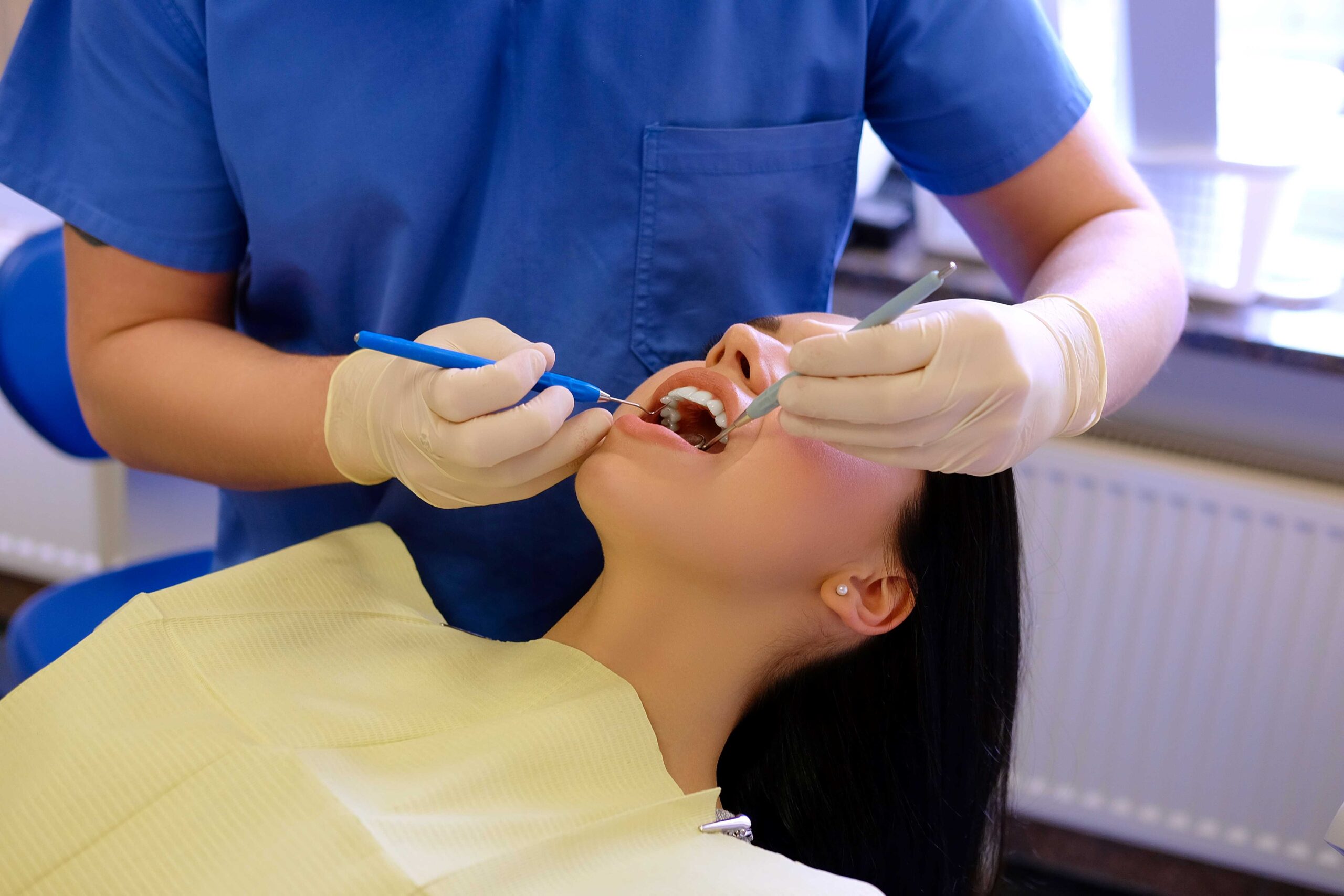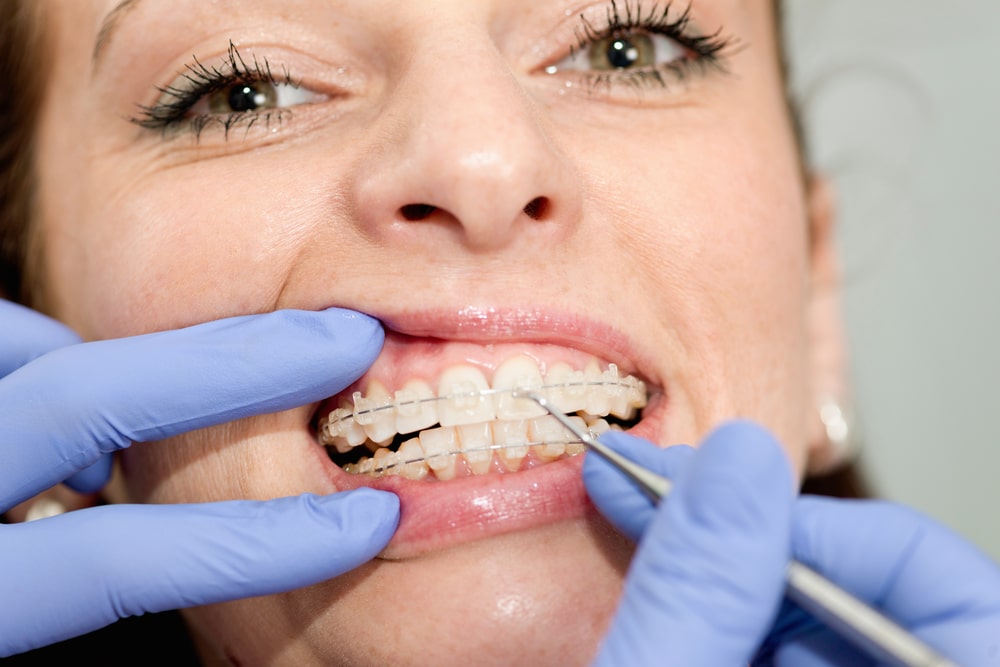Some Known Questions About Legacy Orthodontics.
Some Known Questions About Legacy Orthodontics.
Blog Article
Rumored Buzz on Legacy Orthodontics
Table of ContentsWhat Does Legacy Orthodontics Mean?Facts About Legacy Orthodontics RevealedAbout Legacy OrthodonticsThe smart Trick of Legacy Orthodontics That Nobody is DiscussingWhat Does Legacy Orthodontics Mean?
At Advanced Orthodontics, we provide patients with a holistic therapy experience. On top of that, we provide adjustable treatment schedules, adaptable payment options and a fun, satisfying experience. leesburg orthodontist. Call ( 480) 357-4900 today for more details and timetable an appointment.An orthodontist is a dentist trained to identify, prevent, and deal with teeth and jaw abnormalities. Orthodontists work with people of all ages, from children to grownups.
Malocclusion, or misaligned teeth, can cause dental problems, consisting of tooth degeneration, gum tissue illness, and tough or unpleasant chewing. But not every person is birthed with straight teeth. If you have a poor bite or big rooms between your teeth, you may intend to speak with a dentist specializing in orthodontic care.
The Single Strategy To Use For Legacy Orthodontics
( Image Credit Rating: DigitalVision/Getty Images) Orthodontists make use of taken care of and removable dental devices, like braces, retainers, and bands, to transform the position of teeth in your mouth. Orthodontic therapy is for oral problems, consisting of: Jagged teethBite problems, like an overbite or an underbiteCrowded teeth or teeth that are also far apartJaw misalignmentThe goal of orthodontic therapy is to boost your bite.
A healthy and balanced bite guarantees you can consume, eat, and talk appropriately. While you might consider orthodontists as primarily for youngsters or young adults that need braces, they can fix oral troubles at any type of age. Orthodontists attend university, oral institution, and orthodontic school. After graduation, they spend 2 or 3 years in an orthodontic residency program.
All orthodontists are dental professionals, yet not all dental practitioners are orthodontists. Orthodontic residency programs offer intensive, focused guideline for dental professionals. They concentrate on 2 areas: Exactly how to correctly and safely relocate teeth Exactly how to properly guide advancement in the teeth, jaw, and faceOnce an orthodontist has completed training, they have the alternative to become board certified.
The Main Principles Of Legacy Orthodontics
Malocclusion leads to tooth congestion, an irregular jaw, or uneven bite patterns. Malocclusion is generally treated with: Your orthodontist affixes steel, ceramic, or plastic square bonds to your teeth.
Some people need a headgear to assist relocate teeth into line with stress from outside the mouth. A retainer is a custom-made device that keeps your teeth in area.
They're most often used on children. They can develop added space in the mouth without having to draw teeth. If you have a major underbite or overbite, you might require orthognathic surgical treatment (likewise called orthodontic surgery) to lengthen or shorten your jaw. Orthodontists utilize cords, medical screws, or plates to sustain your jaw bone.
You might need to see an orthodontist if you have: Crowding or otherwise adequate room for all of your teethOverbite, when your upper teeth come by your base teethUnderbite, when your base teeth are also much forwardSpacing or issues with gapsCrossbite, which is when your top teeth fit behind your bottom teeth when your mouth is closedOpen bite or a vertical void in between your front bottom and upper teethMisplaced midline, when the facility of your bottom and upper teeth do not align Fixing an oral malocclusion can: Make biting, eating, and talking easierImprove the balance of our face and your general appearanceEase pain from temporomandibular joint problemsDifferent your teeth and make them easier to cleanse, assisting avoid dental cavity or cavities It's frequently a dentist who initially notifications misaligned teeth throughout a regular examination.
A Biased View of Legacy Orthodontics

Throughout your very first orthodontic examination, you'll likely have: An oral examPhotos taken of your face and smileDental X-raysPanoramic (360 level) X-rays of your face and headImpressions to create molds of your teethThese tests will certainly help your orthodontist recognize just how to wage your therapy. invisalign. An orthodontist is a dental practitioner who's had training to treat your teeth and jaw
Orthodontists might do surgical treatment, exams,X-rays,and more to aid you achieve a more comfortable, much healthier smile. An orthodontist is concentrated on your bite, so something like a cracked tooth would certainly be dealt with by a dental expert. Orthodontists are dentists yet not all dentists are orthodontists. Orthodontists are concentrated on your bite, or the method your teeth meshed, and the straightness of your teeth.
Ever before questioned just how celebs constantly appear to have perfectly aligned teeth? The answer frequently lies in the skilled hands of an orthodontist. What precisely does an orthodontist do? Orthodontists are dental specialists who focus on dealing with abnormalities in the teeth and jaws. Their competence surpasses simply creating a gorgeous smile; it encompasses enhancing your overall dental health and wellness and function.
Some Of Legacy Orthodontics

While dental braces are the most typically recognized orthodontic therapy, orthodontists have a diverse toolkit at their disposal. The specific method picked depends on the severity of the case, the individual's age, and specific choices. These reliable dental braces use a system of brackets bound to the teeth and linked by cables.
Clear aligners, like Invisalign, are a preferred option for people looking for a more very discreet therapy choice. These removable trays are tailor-made to considerably shift the teeth's position. Headwear may be made use of combined with dental braces or aligners to apply added targeted pressures, particularly for correcting jaw discrepancies. In situations of narrow jaws, palatal expanders can be utilized to create area for correct tooth positioning.
Report this page